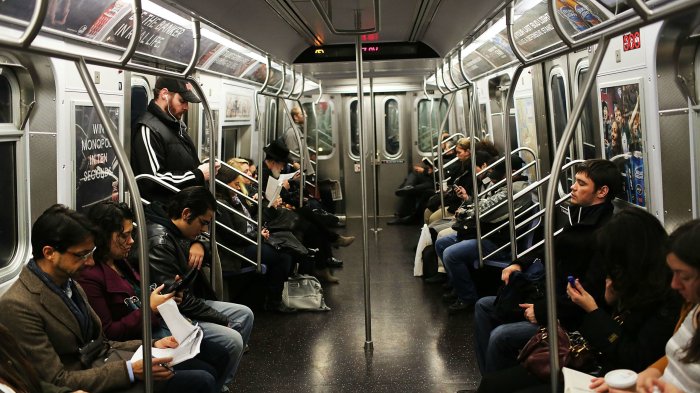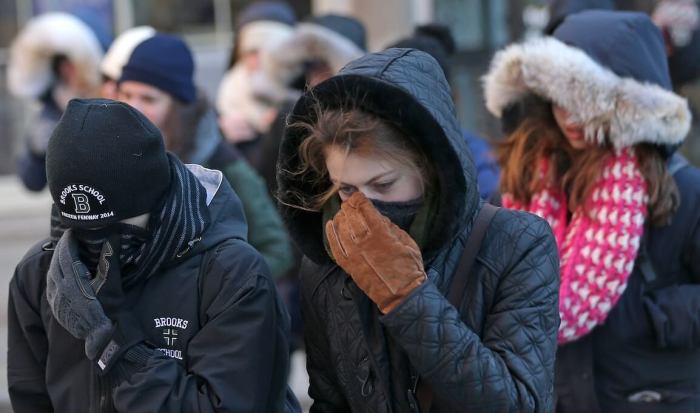After a literally freezing cold weekend, New Yorkers are preparing for the onslaught of winter. Though some residents may already be complaining about the upcoming cold, Rick Simeone, director of the pest control services within the city’s health department, looks forward to the season.
“Before I took this job, I loved the summers and didn’t really like the winters,” he said. “Now, I love the winters, and the reason why — what happens is that breeding season ends late fall into winter.”
Simeone is talking, of course, about rats. As cooler temps become the norm, Simeone’s job of handling New York’s rat population becomes a little bit easier.
That’s because the biggest challenge when trying to control how many rats run amok is how fast the rodents multiply.
“The power of rats is not that they’re indestructible — because they’re certainly not,” he said. “It’s their ability to reproduce. They can have five to six litters of eight to 12 pups — you do the math in a year’s time.”
Those pups also become sexually mature around three to four months old, according to Discover Magazine, meaning that a pair of rats could have as many as 2,000 descendants, if left unchecked, in a year.
But Simeone is on the case. The mayor’s office has referred to him as New York City’s “rat whisperer,” though he’s a bit more humble about his role.
Take it from NYC’s Rat Whisperer, don’t wear your nice shoes when you go rat-hunting. #inManhattan pic.twitter.com/GKeGEDRR46
— NYC Mayor’s Office (@NYCMayorsOffice) September 29, 2017
“I don’t know if I’m quite the rat whisperer,” he said, while explaining that he’s held the director position for what will be 20 years this January. It’s that experience that’s given him “insight in terms of what the issues are and how to address things.”
Shortly after starting at pest control services, Simeone did get his exterminator’s license, but the best way to understand the city’s rat population, he says, is to “go out and see what’s going on.”
He’s not out of the office every day, but when he get’s a chance, Simeone joins his staff members out in the field, personally responding to every single rat complaint across all five boroughs.
“If anybody puts a complaint in, winter spring, summer, fall we go out and investigate those complaints,” he said.
Though it may seem miserable to check out these complaints in the winter, it helps the team get ahead of the problem for a few reasons.
“[Rats] don’t breed in the winter time, that’s a big thing,” Simeone said. “Number two, sustained cold, subfreezing weather reduces the rat population. They get cold, they freeze, there’s less food out, there are less people throwing garbage out. …Cold winters have a significant effect on reducing rats.”
If there’s a rat infestation in a particular park and Simeone addresses it in the winter, “it’s going to have a really good impact,” he said. “It’ll impact spring and summer,” too.
And if you’re wondering how much the rat population can actually be curtailed, Simeone has examples, like with Columbus Park in Chinatown. By installing Bigbelly trash cans (those solar powered compactors experts say are great at keeping rats out of the garbage) and working through the other programs, Simeone and his team reduced the number of rat burrows in the park from 200 to about 10.
“That’s a 95 percent reduction rate in rats there,” he said. “But more important was that the commissioner of health, several months later went out, called me, and said, ‘God, Columbus Park looks nice.’”
























